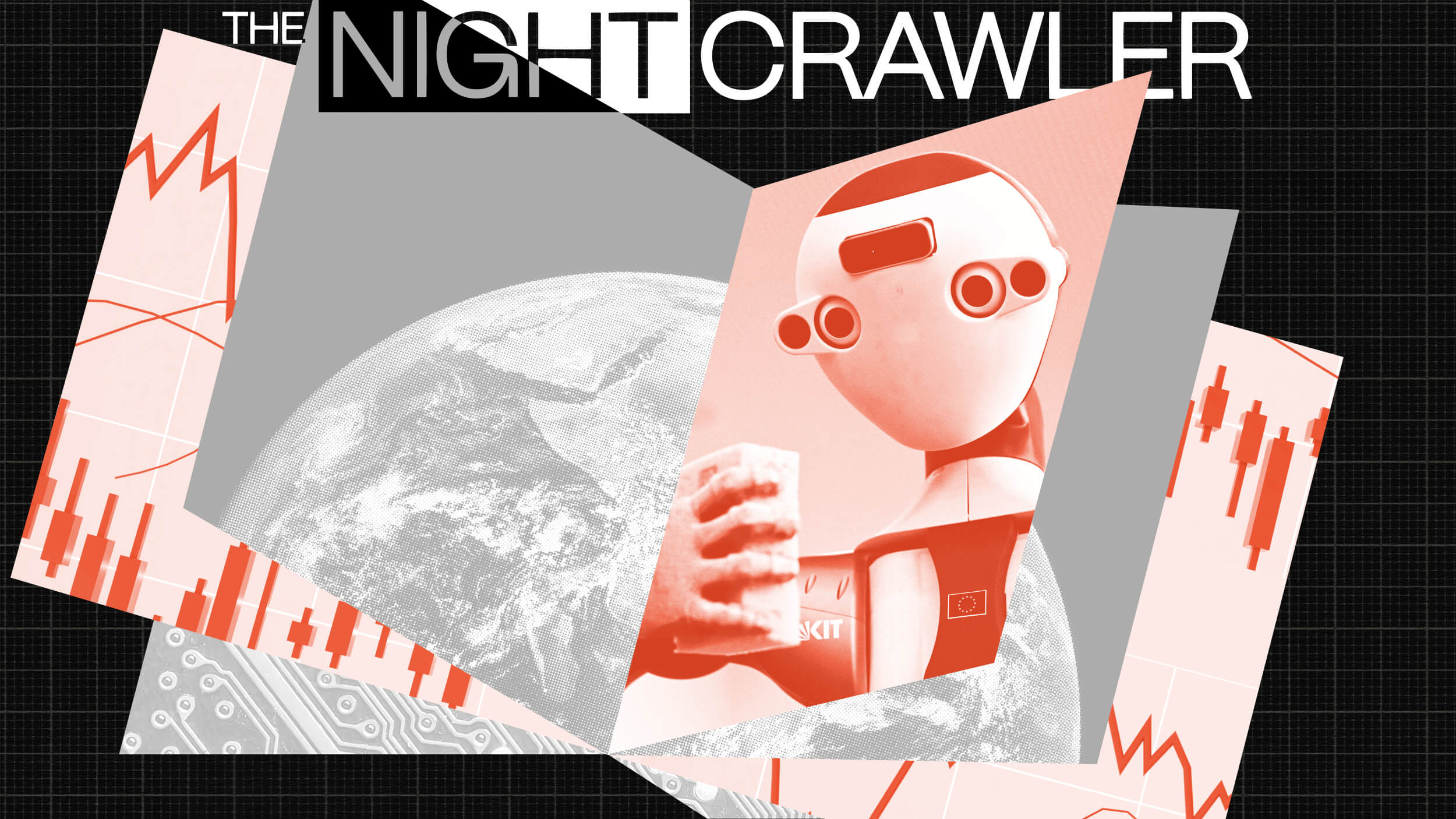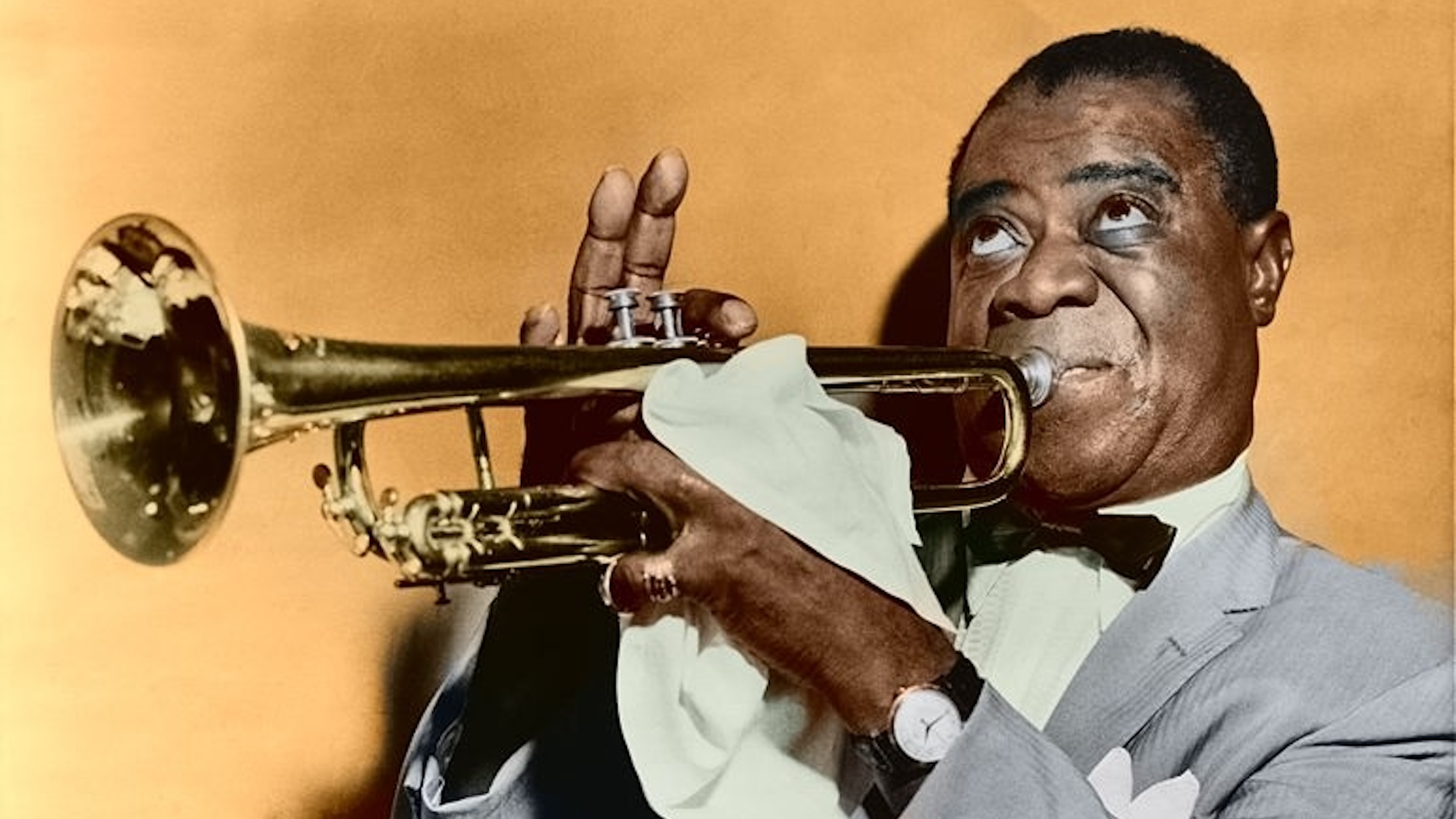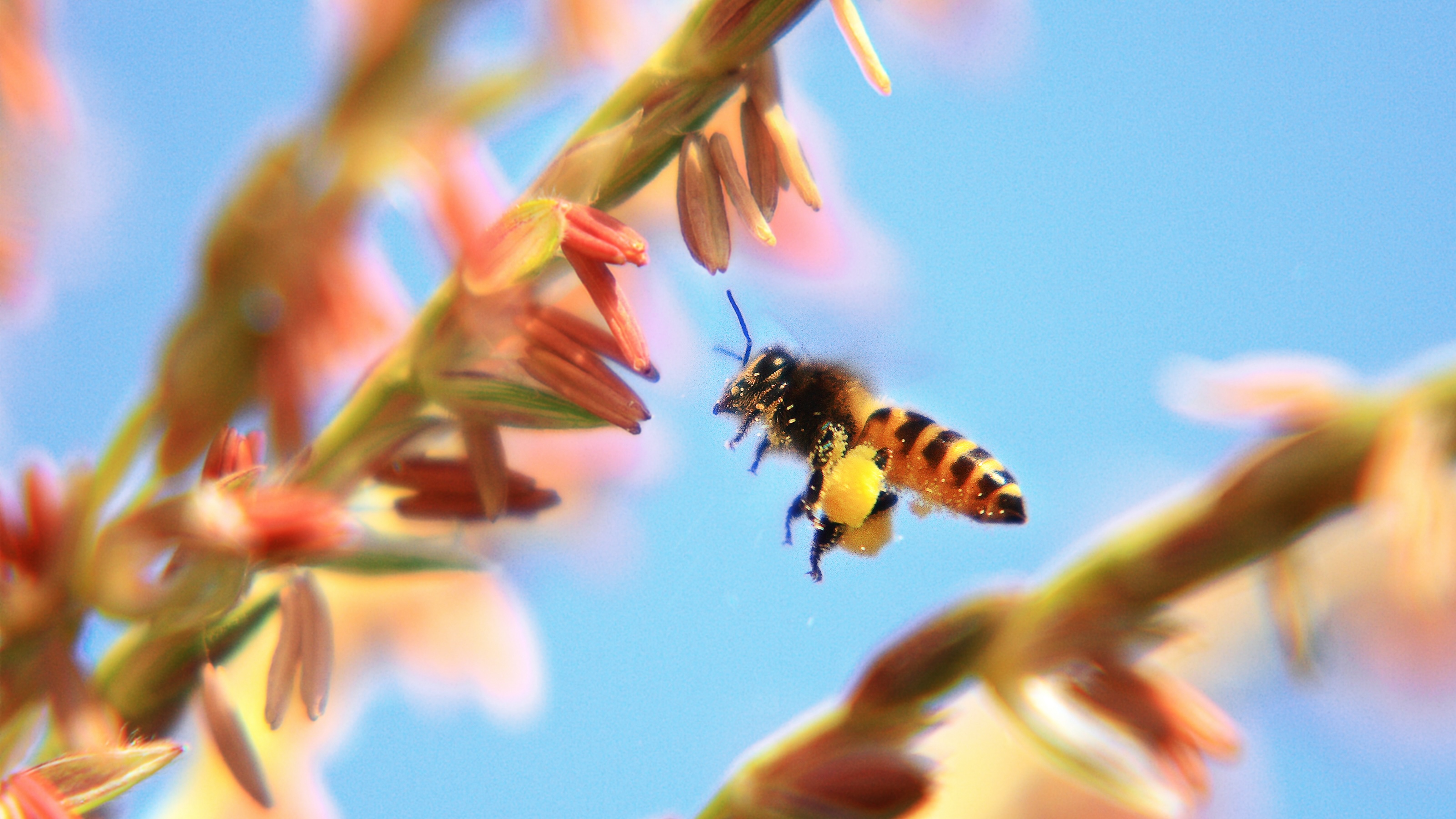Schlesinger talks about hearing Christian De Duve speak about the cell at the Rockefeller University while a teenager in the suburbs.
Question: How did your hometown shape who you are?
Sarah Schlesinger: Well, I grew up in the suburbs of New York. I was very fortunate in that I had a really good public education, and that public education actually led me to the Rockefeller. When I was 16, I was passionate about biology, and the Rockefeller had this series, which they still have, of lectures called “The Holiday Lectures”, which are lectures for high school students right after Christmas. And now, I guess, there’s a whole sort of internet way of getting the tickets if you’re interested, but then that wasn’t.
The internet didn’t exist. So the way that they were distributed was each high school in the area got two, and so they were quite a valuable commodity at my high school among the students who were interested, and I was given one. And so I guess it was in 1976, in December, I had the great fortune of hearing Christian De Duve speak about the cell. And he gave this amazing tour of the interior of the cell, which I could probably sit here and spend about an hour telling you about, which is kind of amazing because it was so long ago, but it was a brilliant lecture. And, in fact, the lecture is referred to in a book that he wrote called “Vital Dust”, which is also a wonderful book. But I was just inspired, and I, at that moment, knew that this is what I wanted to do.
What I didn’t know at that moment was that was the place that I was going to end up doing it. I didn’t ever dream that I would be that fortunate. And I, through a series of coincidences, got a summer job with a young investigator at the time, who was studying dendritic cells, which was something nobody had ever heard of, because he had discovered them. This was 1976, and Ralph Steinman, who was my mentor then and my mentor now, discovered dendritic cells in 1971 or ’72. The first publications were in JEM, Journal of Experimental Medicine in 1973. So I came into the lab, and he had one technician, and he was at the bench, and I was free labor. So he was, and he’s now, rather frugal and I learned to work in laboratory with him, which was wonderful because shortly after that, probably two years after that, he stopped doing bench work himself. And he was remarkable in that he’d made an observation that other people didn’t believe. And he had the ability and the tenacity to stick with that observation.
People thought that the primary antigen presenting cell in the body, or the cell that would show other cells anything foreign, which is what an antigen is, was the macrophage. And Ralph had discovered dendritic cells in cultures of macrophages. And dendritic cells are really potent. You only need like one. Literally you need like literally a hundred. And so when he saw something different, nobody else believed him. But Dr. Cohn, who was his mentor, did and they were tenacious and stuck with it.
Recorded on: June 10, 2008





